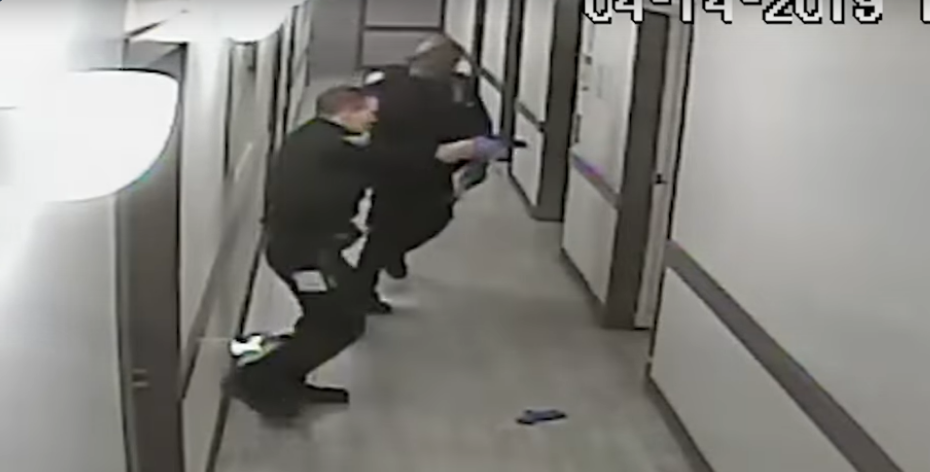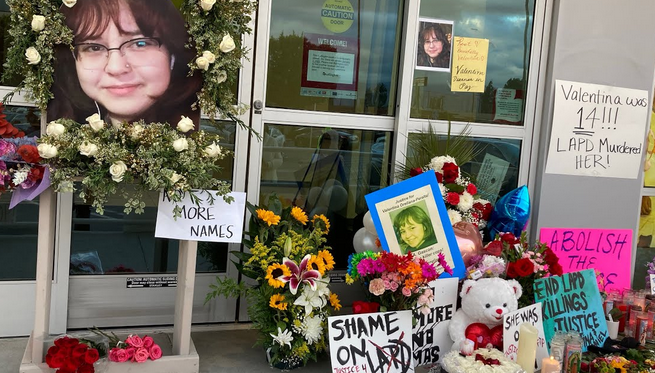Schumer wants the rules in place
U.S. Senator Charles E. Schumer has called on the Federal Aviation Administration (FAA) and the Office of Management and Budget (OMB) to immediately move forward with and release much-needed rules for the use of small unmanned aircraft systems, in light of the fact that within the last week, there have been at least three near-miss incidents in which drones were flying dangerously close to planes at JFK Airport.
In addition, two drones were spotted near the Ed Koch-Queensboro Bridge last week. Schumer also reiterated his call for the Commerce Department’s National Telecommunications and Information Administration (NTIA) to issue privacy guidelines as soon as possible. Schumer said that while there are innumerable benefits to this technology, including law enforcement, agriculture and business, the lack of rules has created serious safety and privacy concerns for the general public. Schumer made clear he does not want to dictate what those rules are, but that the FAA simply must make the definition and appropriate use of commercial and hobby drones clear, outlining what is legal and illegal, and where they can be used, so that the largely positive technology does not suffer.
In August, Schumer urged the FAA to expedite their rule-making on small drones, which Congress originally authorized the agency to do in 2012. Since then, the FAA finally put out their rule to interagency review, which is headed by OMB. Schumer said that OMB must prioritize this approval process, which includes an assessment of costs, impact on industry and more, so that the rule can then be made public, put out for a comment period, and finalized. In light of the recent near-misses involving drones at JFK airport, Schumer said today that the situation is more urgent than ever, and FAA and OMB must expedite the release of drone regulations.
“With the three recent incidents of drones flying dangerously close to planes at New York’s JFK Airport, it’s clear that commercial drone use has crossed over from unregulated to potentially deadly,” said Schumer. “For several years, federal bureaucracy has stood in the way of FAA drone rules to protect New York City residents’ and fliers’ safety, and it’s time for the FAA and OMB to finally release their new regulations so that our airspace stays safe. Drone are an important technology for business, law enforcement, agriculture and more, but the lack of clear rules about small drones, the difference between commercial and a hobby drone, and how and where they can be used, is creating a serious threat to New Yorkers’ safety.”
Drones are unmanned aircraft systems (UAS) that fall under three categories denoted by the Federal Aviation Authority: civil, public and model aircraft. The public unmanned aircraft systems are used by government agencies, law enforcement agencies and research institutions to aid in their operations. They are an incredibly important technology, and are helpful in collecting data, aiding with border patrol operations, agriculture, training the military and more. The civil unmanned aircraft systems and the model aircraft systems provide opportunities for civilians to use drones recreationally. Schumer supports the use of drones under all of these categories, but said that there must be clear limits to their usage when privacy and safety are threatened. Traditionally, drones were used to aid in military operations overseas. Drones have allowed the military to obtain information without putting American civilians in danger. Technological improvements have led private companies and individuals to purchase drones for prices as low as $500. According to the FAA, small drones should not be flown higher than 400 feet or close to airports and densely populated areas.
Drones have commercial applications that make them useful in terms of agricultural development, real estate sales and search and rescue missions. Specifically, drones can help farmers monitor their crops more effectively and may help realtors sell real estate by providing better photographs of for-sale properties. Drones can also be used to help firefighters spot wildfires and aid in search and rescue missions by locating missing individuals. Schumer said that there are innumerable benefits to drone technology, however, there are also consequences to the lack of regulation.
There have been numerous cases of drones flying too close to New York’s JFK Airport. Last week, it was reported that a drone was seen within two miles from Runway 31R. A few days earlier, a pilot of Virgin Atlantic flight 9 from London reported a drone sighting at approximately 3,000 feet. And then, a Delta pilot on a flight from San Diego reported a drone flying dangerously close to the plane’s left wing. The plane was within 10 miles of Kennedy Airport. In addition, last week two drones were spotted by a helicopter pilot near the Ed Koch-Queensboro Bridge.
There have been other close calls in New York City. According to the Washington Post, this past May a pilot flying into LaGuardia Airport spotted a drone at 5,500 feet in the air. In March of 2014, a drone flying in Brooklyn hit two buildings and nearly hit a pedestrian in Manhattan. Most recently, this past July, a drone almost collided with an NYPD helicopter over the George Washington Bridge. Schumer today said that as this technology becomes even more popular, it creates an even larger cause for concern in terms of airline and pedestrian safety. According to the Washington Post, as of June, there had been 15 cases of drones flying too close to airports in the last two years. Schumer said that number is obviously rising. Since 2009, there have been 23 accidents and 236 incidents deemed “unsafe” by the FAA, in which registered civilian drones were involved. In many cases, the drones are too small and cannot be clearly identified on an airplane’s radar system.
There has been a recent boost in the use of drones for personal and commercial use. Earlier this year, a federal judge dismissed the FAA’s case against Raphael Pirker, an individual flying a commercial drone at the University of Virginia. They attempted to fine Pirker $10,000 for flying the drone for commercial purposes. Pirker claimed the FAA did not have the authority to regulate drones because of a 2007 FAA policy notice that excludes model aircraft from its scope of regulation. The judge agreed and ruled that Pirker’s claim was valid, but this past week the National Transportation and Safety Board (NTSB) affirmed that FAA does have the power to fine drone users who fly dangerously or recklessly. The ruling, however, did not bring any further clarity to how commercial drones will be integrated into the airspace.
The FAA Modernization and Reform Act was passed in 2012 and established “a special rule for model aircraft.” A model aircraft is defined as an unmanned aircraft flown within visual line of sight of the person operating the aircraft and flown for recreational or hobby purposes. This law prohibits the FAA from promulgating rules for model aircraft that meet the following criteria: flown strictly for hobby and recreational use; operated within a community-based set of safety guidelines and within the programming of a nationwide community-based organization; weighs 55 pounds or less; not interfere with manned aircraft; the operator receives permission from the airport operator and control tower if the device is being flown within five miles of an airport. The FAA may take action if the model aircraft is operated in a way that endangers the national airspace. There have been concerns, however, about the distinction between commercial and hobby drones, and the FAA has yet to issue a rule for commercial drones. In the FAA Modernization and Reform Act of 2012, Congress said the FAA should come up with a plan for safe integration of drones by September 2015. A recent inspector general’s report suggests the FAA may not meet this deadline.
Schumer today urged the FAA and OMB to move forward with drone regulations and get them out the door immediately. Schumer said that the FAA and OMB should expedite the release of new drone regulations that would finally draw clear lines for legal and illegal drone use.












